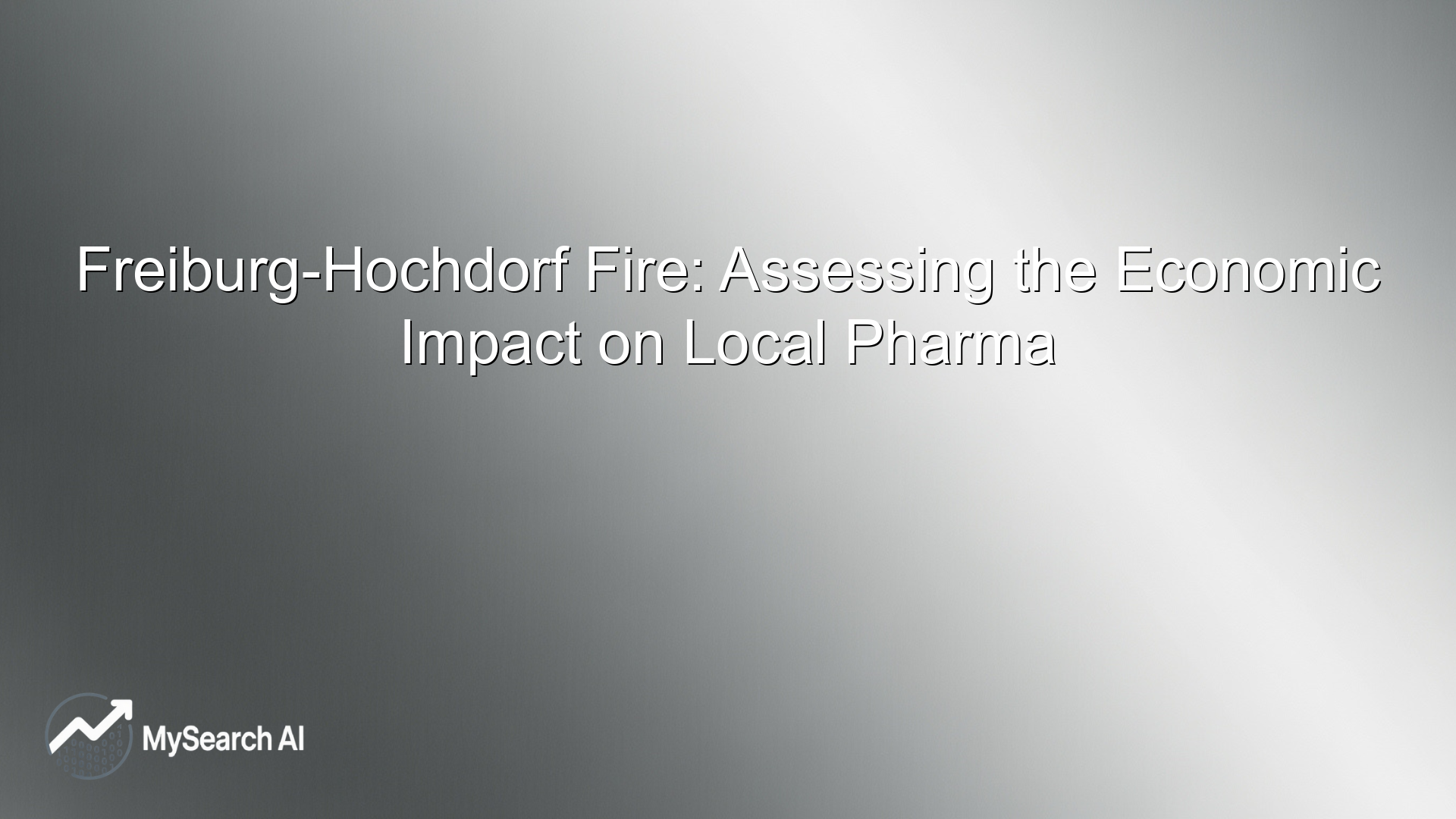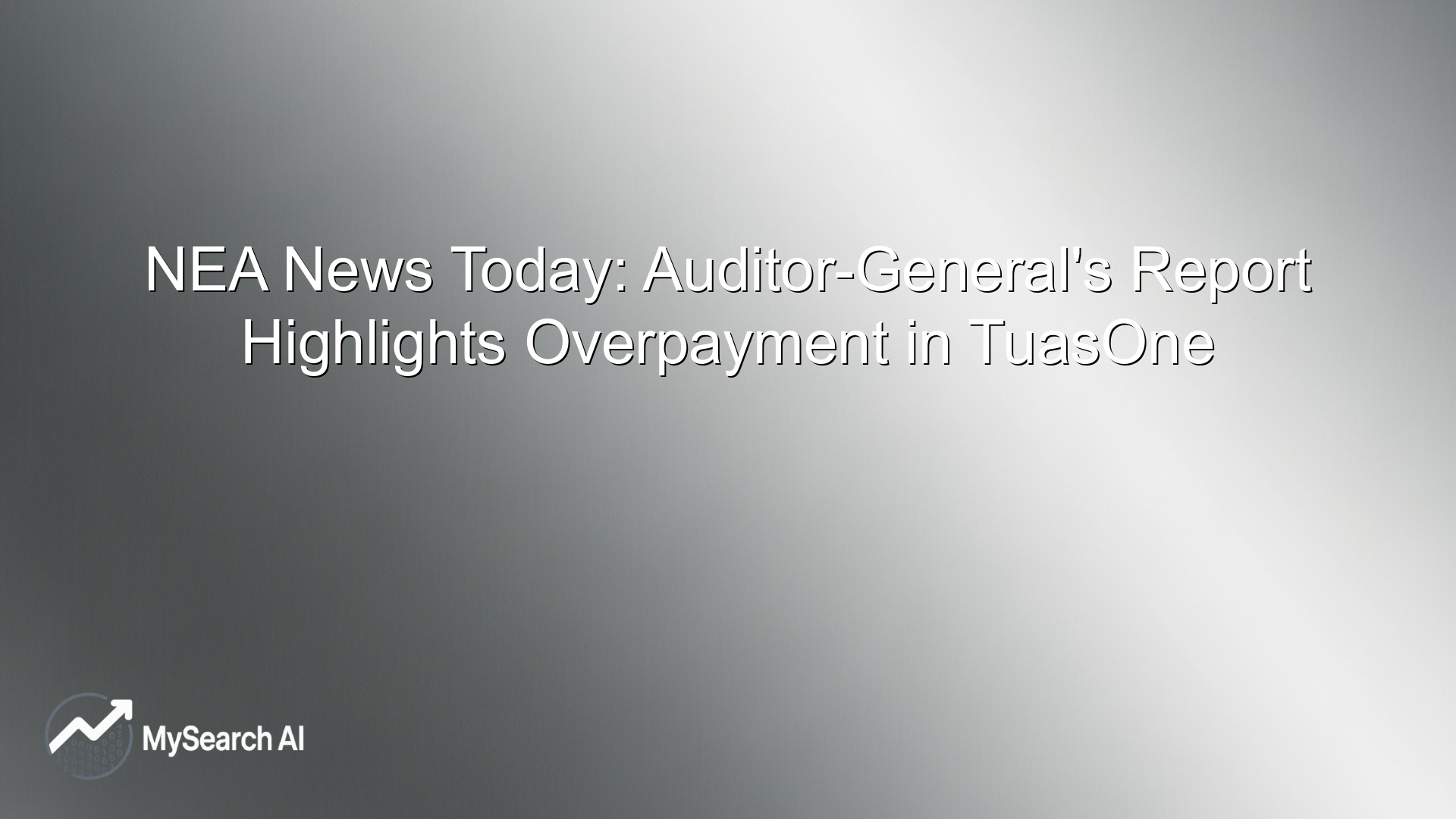Related Articles
Ask anything about stocks
NEA News Today: Auditor-General’s Report Highlights Overpayment in TuasOne
Recent findings from the Auditor-General’s report have spotlighted a significant financial oversight by Singapore’s National Environment Agency (NEA). The report revealed that the NEA overpaid S$0.53 million concerning the TuasOne waste-to-energy plant. This arose from lapses in updating the financial model, a crucial tool for managing such large-scale projects. NEA is now implementing corrective measures, highlighting the importance of diligent financial management in public sector projects.
Understanding the Overpayment Issue
The overpayment by the NEA was highlighted in the latest Auditor-General’s report, emphasizing the need for meticulous financial oversight. The discrepancy occurred due to shortcomings in updating the financial model, which should accurately reflect ongoing project costs and financial commitments. Such lapses can lead to significant financial discrepancies, potentially affecting public finances.
For the TuasOne waste-to-energy plant, these lapses translated into an overpayment amounting to S$0.53 million. The financial model underpins all budgeting and forecasting efforts, meaning any errors can cascade into larger fiscal challenges.
NEA’s Response and Measures
Faced with the Auditor-General’s findings, the NEA has taken steps to rectify the issue. Efforts are underway to recover the overpaid funds and establish more robust financial controls. The agency’s commitment to addressing these gaps underscores the importance of accountability in managing public resources.
These measures include revising existing financial models and introducing stricter auditing processes for future projects, such as TuasOne. NEA’s proactive steps are designed to ensure similar issues do not arise, securing taxpayer funds against potential wastage.
Implications for Future Projects
This incident serves as a cautionary tale for public infrastructure projects. The NEA’s experience illustrates the critical need for accurate financial management and oversight in complex developments like the TuasOne waste-to-energy plant. Oversight mechanisms must be both proactive and reactive, capable of addressing current issues while preventing future ones.
Lessons learned from this overpayment case are expected to inform governance structures and processes surrounding the management of similar projects. Such improvements can bolster confidence among stakeholders and the public.
Final Thoughts
The Auditor-General’s report on NEA’s overpayment related to the TuasOne waste-to-energy plant underscores the essential need for enhanced financial oversight. As the NEA moves to rectify financial model lapses and recover the overpaid funds, it is clear that meticulous management of public resources remains pivotal. Looking ahead, these corrective measures will likely serve as a blueprint for other public sector entities. Strengthening financial controls not only safeguards public funds but also fosters transparency and trust.
For investors and stakeholders observing public infrastructure projects, such actions highlight the commitment to maintaining fiscal responsibility. Utilizing platforms like Meyka, which offer real-time financial insights, can assist in monitoring and evaluating the financial health of such ventures, ensuring informed decision-making and sustained accountability.
FAQs
How did the overpayment occur in the TuasOne project?
The overpayment resulted from lapses in updating the financial model used for the project. This inaccurate updating led to a S$0.53 million overpayment, underscoring the need for meticulous financial oversight.
What steps is the NEA taking to address this issue?
NEA is working to recover the overpaid funds and implement stronger financial controls. These steps include revising the current financial models and enhancing auditing procedures to prevent future discrepancies.
What lessons can other public agencies learn from this incident?
Public agencies can learn the importance of maintaining accurate and updated financial models. This ensures better fiscal management, reduces the risk of financial discrepancies, and safeguards public resources.
Disclaimer:
This is for information only, not financial advice. Always do your research.



